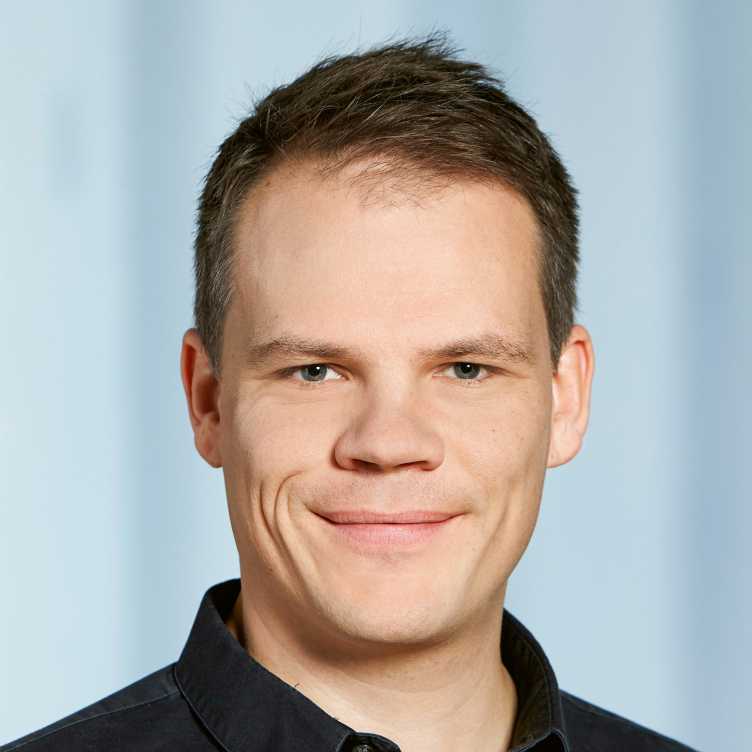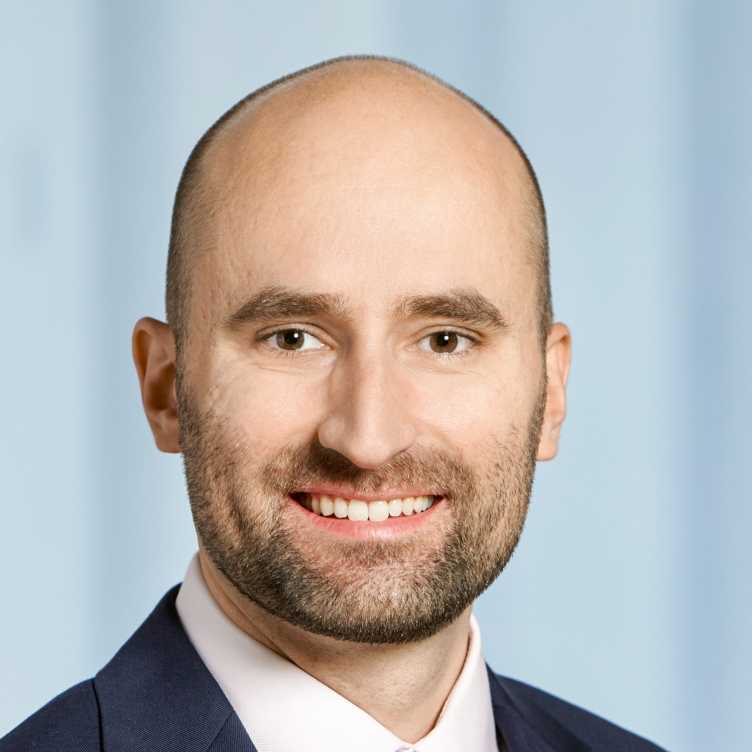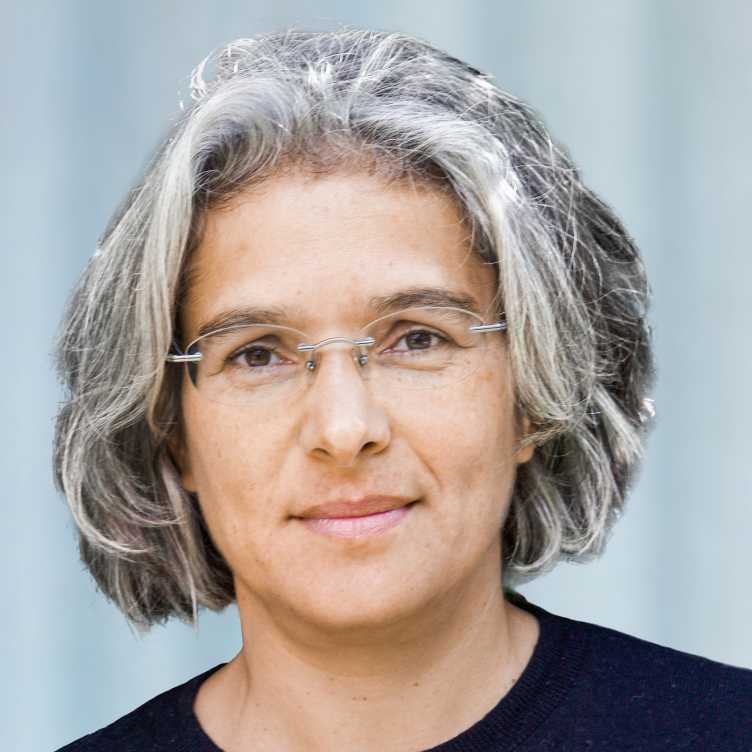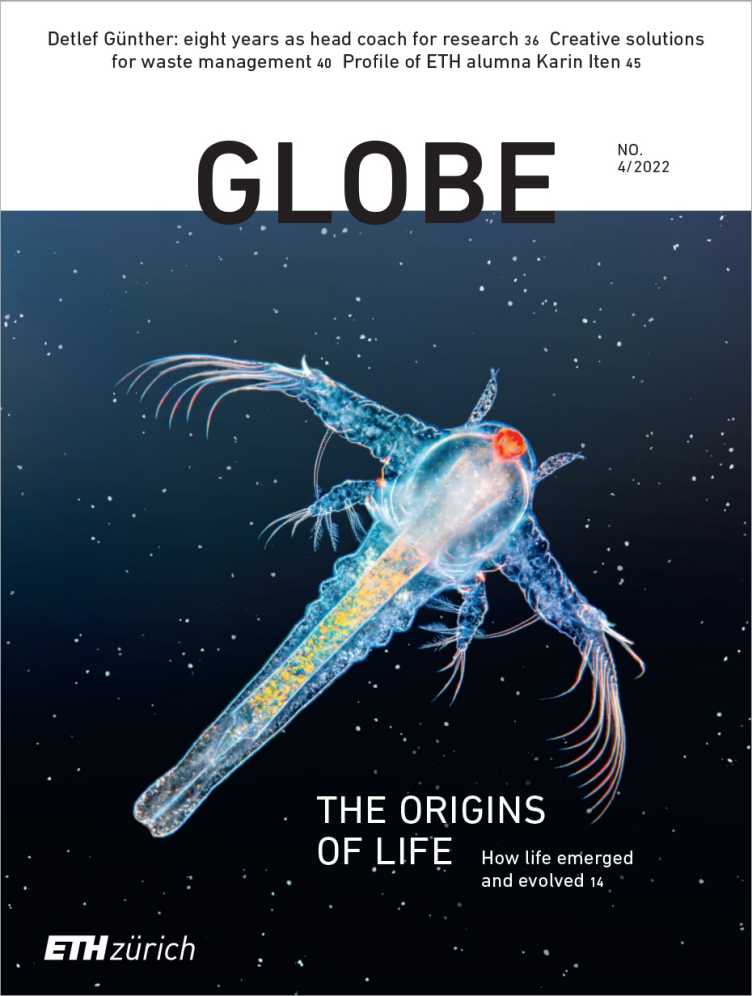What is life?
We posed this question to ETH Zurich researchers. In return, we got five intriguing answers from the perspectives of biomedicine, computer science, biology, robotics and philosophy.

Life and death within us
''DNA is the building block of life. It contains all the information necessary for life, from reproduction and metabolism to growth and the ability to respond to stimuli. Another characteristic of life is that we are made of cells. Within the overall framework of the human body, life plays out at various levels: organismal, cellular and molecular. There’s also 'life within life', such as the many bacteria in our body that live in symbiosis with us. The goal of our research is to improve and even extend people’s lives. We do that by harnessing one of the key principles of life: replication. For example, we use nanomaterials to turn bacteria into living, remote-controlled micro-robots that can deliver drugs inside the human body and destroy cancer cells. The fact that our cells are constantly dying and being replaced by new ones is a reminder that we carry not only life within us, but also death. Finality is also a part of life.''

Simone Schürle is Assistant Professor of Responsive Biomedical Systems.
The importance of human interaction
''Today’s artificial intelligence is still a long way from biological life. We sometimes forget the sheer complexity of what we’re capable of! Take interaction, for example: a robot designed to assist humans should be able to constantly predict what a person might decide and do next. Otherwise, that person will be constantly waiting for the robot to choose its next course of action. Modelling decision-making processes is tough because it involves things like experience, personality and changing contexts. Anticipation is another tricky area: as humans, we’re very good at spotting when it’s our turn to speak because we intuitively read the body language, facial expressions and verbal communication of others in the conversation. Machines haven’t reached that stage yet, which is one of the reasons why chatting to an artificial life form would still feel unnatural to us. We’re currently attempting to replicate this kind of intuition using data and mathematical models.''

Otmar Hilliges is Professor of Computer Science.
Lifelike interactions
''If we’re going to make robots more lifelike, our primary goal in doing that should be to support living beings. My group develops systems that do a better job of blending into human environments and navigating our natural habitat. We humans prefer to interact with beings that are similar to us and that feel alive. So, one way to improve that interaction is by making the robot feel as familiar to us as possible. That’s why we’re developing robotic systems with muscles or soft grippers. But these kinds of robots are tricky to control! Traditional robots have a clearly defined range of movement that is based on axes. It’s easier to model that kind of system because the number of parameters is limited. But that’s not how life works. Living beings can’t be defined with mathematical precision – but they’re good at coping with uncertainty and spontaneity. We’re hoping our systems can develop some of that flexibility.''

Robert Katzschmann is Assistant Professor of Robotics.
From linear code to three-dimensional life
''One of the key characteristics of life is reproduction, which works on the basis of linear information encoded in our DNA. Our research explores mechanisms of self-organisation: how is linear information translated into the three-dimensional form and all the functions that make up humans and other higher organisms? And how do these developmental mechanisms persist and evolve despite differences in developmental pace and embryo size? The inheritance of complex structures is an important factor in the emergence of life.The fact that we work with embryos also raises the question of what constitutes life from an ethical perspective: at what stage of development does human life become worthy of protection? The answer to that question varies wildly from one country to the next, which can make it harder for researchers to collaborate.''

Dagmar Iber is Professor of Computational Biology.
Fluid boundaries
''Ethics seeks to define not only what life is, but also which forms of life should be regarded as ethically valuable. For a long time, people tried to argue that human life is fundamentally different to that of animals and plants. But this argument is flawed – it does not stand up to scientific scrutiny, and it is philosophically unsound. The boundaries are fluid: non-human animals and plants exhibit capabilities and states of being beyond those that humans once attributed to them. For example, the ability to act on the basis of reason was long seen as the pinnacle of what it means to be human, yet this is now also attributed to other animals such as dolphins.It’s not necessary for humans to feel superior to non-human animals. One of the biggest issues in contemporary ethics is deciding whether non-human animals and plants deserve ethical consideration and, if so, what form this consideration should take. There’s also a debate as to whether entire ecosystems – or even the Earth itself – should be regarded as living organisms.''

Nadia Mazouz is Professor of Practical Philosophy.

